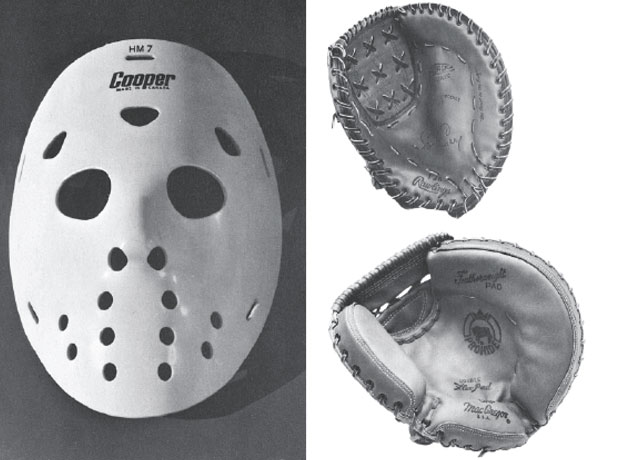
George Nelson on survival (using baseball as a guide)
There's a big reason why sports and other goods look the way they do argued the designer - and it's not aesthetic
If sporting goods were sold in art museums, would we perceive them differently? This is one of the many questions posed, and answered, by George Nelson in our newly republished book, How To See. Design, for the average individual,” Nelson argues, “is decoration applied to a cake or car, a marzipan flower or an “opera” window. In consequence the stores are crammed with kitsch.”
Bearing in mind Nelson wrote these words in 1977 one can only begin to wonder what the celebrated American product designer might make of the content of stores today. However, the genius behind the invention of the Ball Clock, Coconut Chair and Slat Bench to name just three items that changed the look of mid-century mankind, was nothing but revolutionary in his outlook.
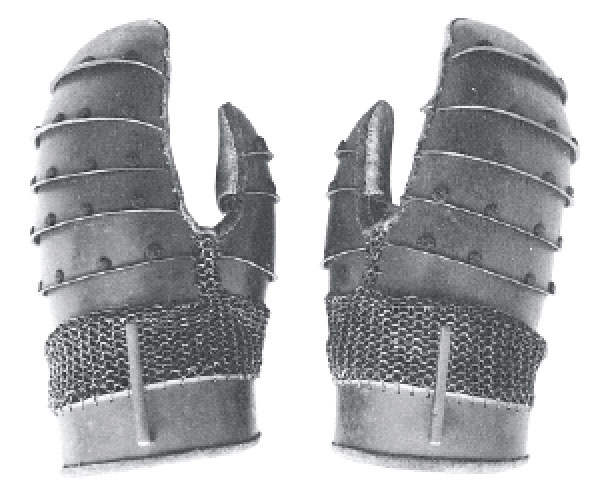
To break out of such patterns,” Nelson argues in the book, “it is necessary to accept the proposition that design is not decoration, but an integral expression of what a thing is and does. The best man-made designs are survival designs, simply because they deal with life and death rather than marketing considerations." So how does the relatively commonplace, inexpensive equipment used in competitive sports find itself in such exalted company? Here's George to explain.
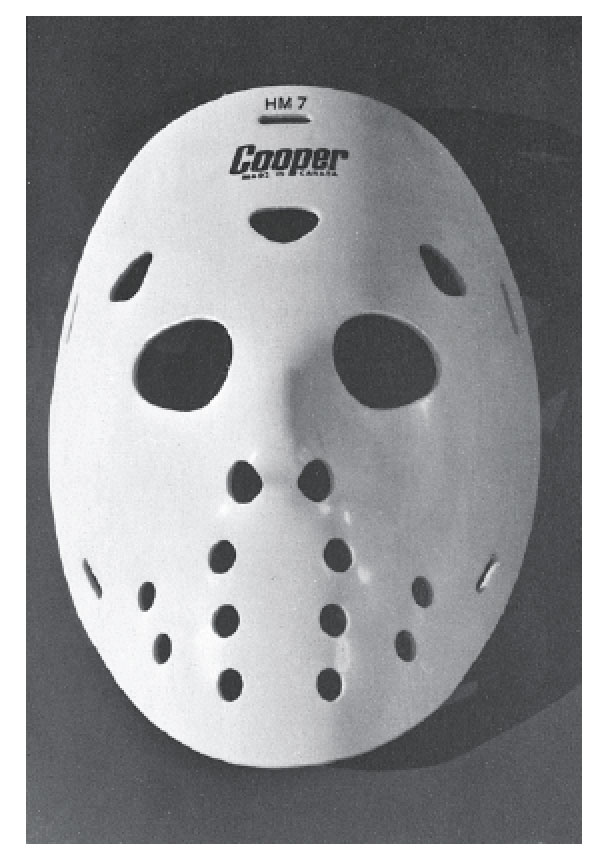
"Consider, for instance, the simple mask (above). It is a one-piece, factory-made object of molded plastic. Even if we know nothing about the sport for which it is intended, we know that it is a commercial product (the maker’s name is on it). It is meant to protect a face (we see the eyeholes and the molded nose cavity), and it does this with the minimum weight and material, which in turn suggests that the user has to move quickly.
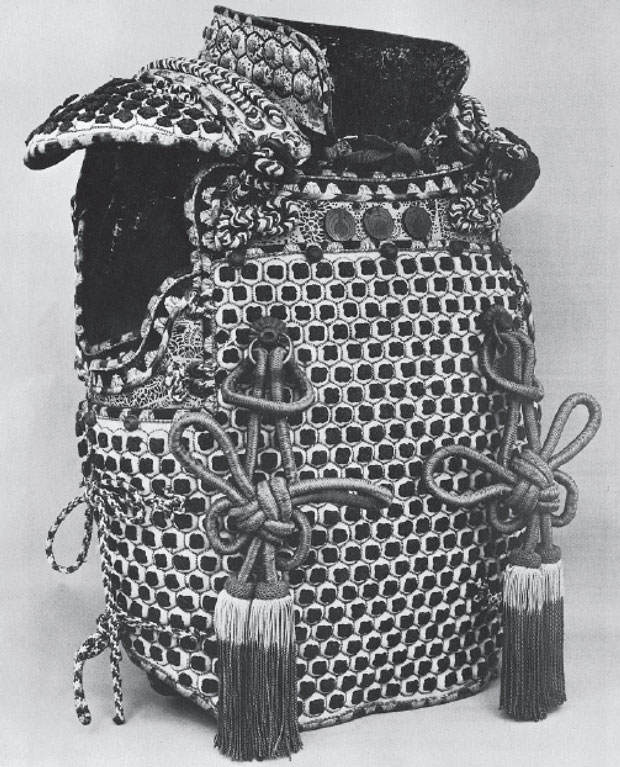
"Whether the danger comes from sticks or flying balls, the eyeholes tell us the minimum size of such objects, for anything smaller might get through", George continues. "We feel safe in assuming that the smaller holes are for ventilation, and possibly weight reduction. Four slits at the edges accept straps for holding the mask to the head. The visual clues are clear, but we are left with a mystery. Why does this simple commercial product take on the monumental, timeless aspect of the oldest sculptural creations? I believe that we have more than a visual trick here: the irreducible perfection of the object is enough to put it into the mainstream of great design." The designer goes on to draw the following parallel on the gladitorial nature of sport.
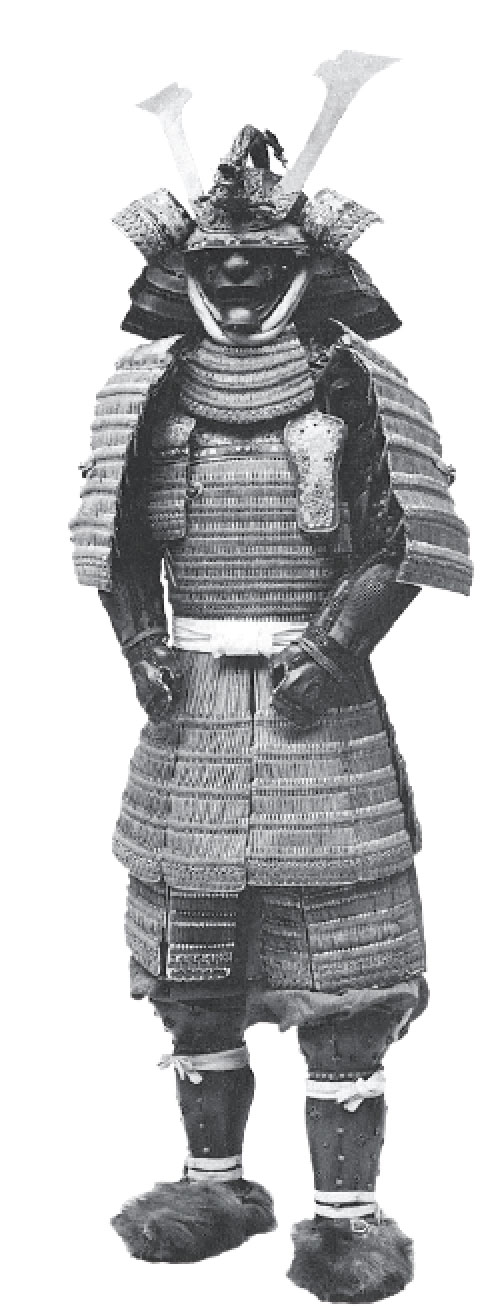
"Games have symbolic meanings, some related to life and-death confrontations, seen in the competitive nature of sports. Competition identifies strengths and isolates weaknesses. In sports, the chances of winning are influenced by the design of the equipment, a fact which leads to intense concentration on minute details.
"In baseball there are three basic categories of equipment: the ball, the bat and the glove. The first two are shared by players on both teams; the third is personal, used by only a single player. One might think that one perfect glove could meet all needs, but there are at least three clearly defined types, each closely matched to the role of the player.
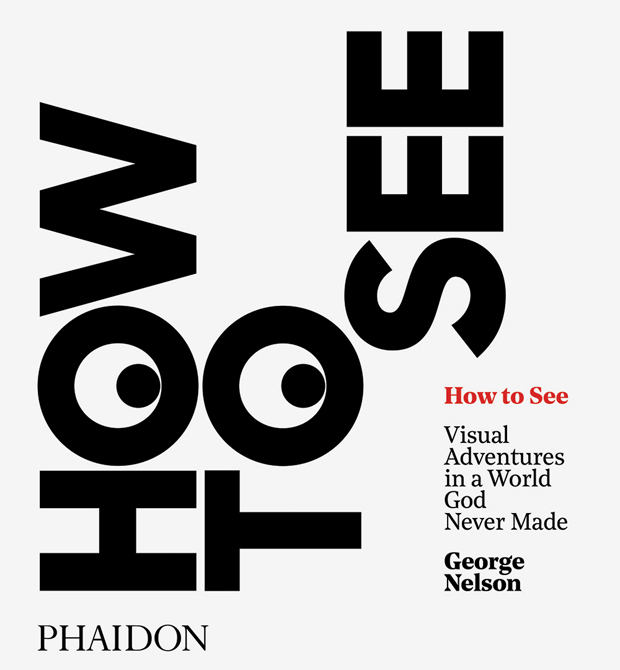
"An examination of each glove shows something that has almost disappeared from consumer products: a visible concern for quality of materials and workmanship that extends to every detail. It is strange: the evidence of loving care we associate with the best preindustrial craftsmen suddenly surfaces again in articles produced for a highly commercialized mass sport."
Want more deep thinking and lightly-despatched knowledge on the nature of design? Then head into the store and check out a copy of Nelson's How To See now.